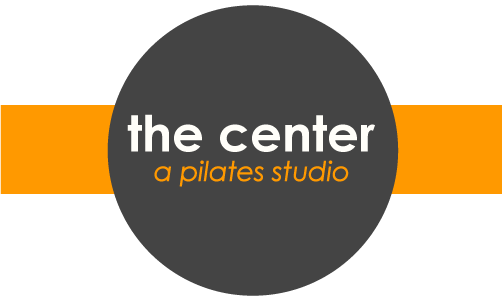 I read a really interesting article recently about Pilates and Running.
I read a really interesting article recently about Pilates and Running.
To be a good runner, you need a good support structure.
The article was written by Sally Belanger, Project Specialist, Education & Master Instructor Trainer for Merrithew Health and Fitness, the parent company of STOTT Pilates.
I met Sally a few years ago while attending a pilates training course at STOTT headquarters in Toronto Canada. She has a great gift at making complex information simple to understand.
Sally says:
Running involves the utilization of large power generating muscles such as the gluteals, hamstrings, quadriceps and hip flexors. These muscles propel the body forward and are able to generate speed, power and sustain substantial aerobic effort for long durations of time. The utilization of these muscles, and their ability to push the body for long periods of time at high speeds, is increased when the skeleton is stable.
Large muscles are not built to stabilize the hips and spine. But if the small stabilizing muscles are not strong enough to hold the spine in correct alignment, the large muscles try to align and support the skeleton which decreases biomechanical efficiency. This in turn can slow the runner down, decrease their endurance and aerobic capacity or over time can lead to repetitive strain or chronic injuries.
STOTT PILATES® exercise works the small stabilizing muscles that hold the skeleton in the correct alignment. The exercises can target all the joints of the body.
Often we think of Pilates as only working the abdominal muscles which are important, however, the exercises can also target hips, knees and ankles to ensure that the joints are in proper position to transfer the forces that the body experiences during running. If these small muscles, which Pilates exercises target, can do their job properly then the large muscles will not try to take over and they will be able to generate the power and speed required.
Pilates will also provide a mind-body connection that the runner can integrate in their running. The small muscles need to be trained and are as important as the large muscles that are targeted in hill repeats, intervals and distance runs.
When the runner can fire the small muscles it can help alleviate the pain that comes from overtraining or poor biomechanics. Teaching the runner how to engage the core musculature through STOTT PILATES exercise can assist with adding mileage without pain, as well as increasing the focus and awareness of working the proper muscles throughout the run as they begin to fatigue.
If you’d like us to develop a running-specific program to improve your performance, shoot us an email at info@thecenterpilates.com.
